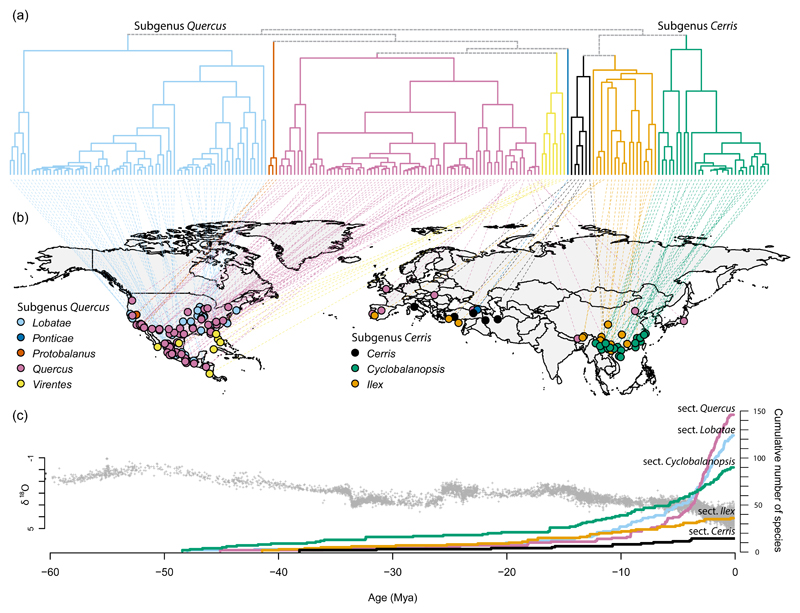Figure 5. Phylogeny shapes global oak biodiversity.
(a) Oak diversification has been a repeated story of region-specific diversification of multiple lineages, each of which diversifies ecologically within the region. Within each of the eight sections recognized today, species have diversified ecologically, converging on similar habitats between sections, so that most geographic regions have representatives of at least two sections. The diversity we observe today is due in part to the fact that divergent lineages have evolved convergent ecologies. (b) In the Americas, the red and white oaks dominate (sections Quercus and Lobatae), followed by sections Virentes and Protobalanus. Red and white oaks radiated in sympatry in western and eastern North America, subsequently in Mexico and Central America. In Europe, sections Ilex, Cerris, and Quercus overlap in distribution, whereas in southeast Asia, the highly diverse section Cyclobalanopsis is a dominant of broad-leaved evergreen forests, accompanied by sections Ilex and Quercus in part. (c) Oaks arose at northern latitudes ca. 56 Ma, at around the time of the early Eocene climatic optimum. Temperatures at this time were ca. 10°C warmer than they are today, as evidenced by global deep-sea oxygen isotope (δ18O) records (here represented by gray ‘+’ signs), which serve as ocean temperature proxies (Zachos et al., 2001). The eight major lineages now named as sections all appear to have originated within the first ca. 10 million years of oak evolution and have subsequently diversified largely on the continents where they arose. Standing diversity, however, has mostly arisen in the past 10 million years. Figures are all adapted from Hipp et al. (2019a), with infrageneric taxonomy following Denk et al. (2017). Sources: (a) Phylogeny pruned to one tip per species, including only tips with a georeferenced collection. (b) Georeferenced specimens sequenced to make the phylogeny, colored by section. (c) Lineage-through-time (LTT) plot with unsampled species added at random positions within the clades where they occur to recover the contemporary standing diversity of the genus.

